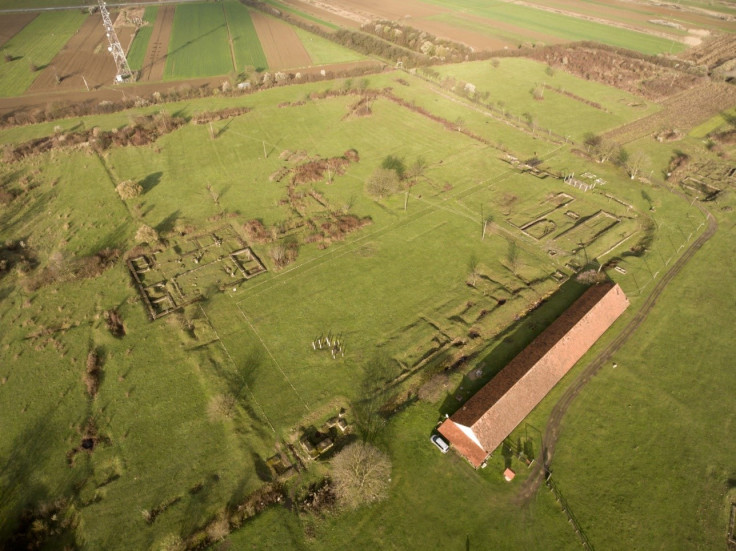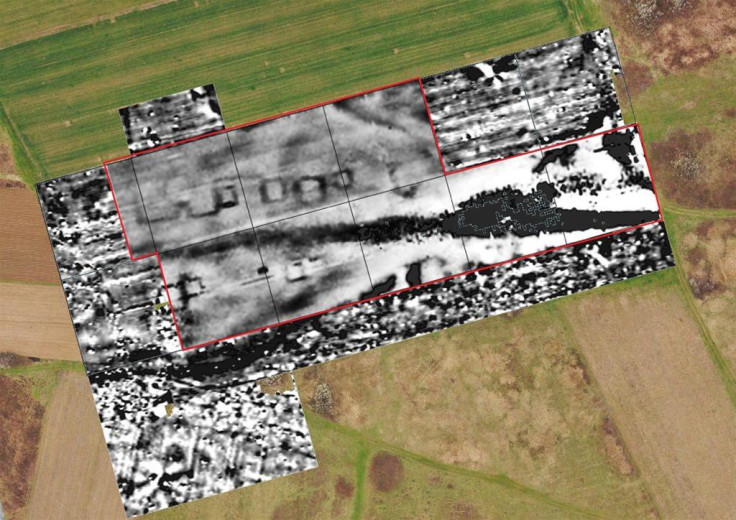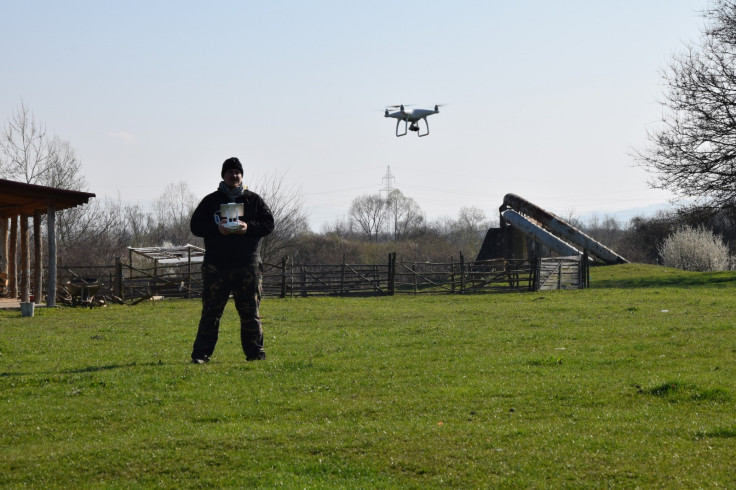Mystery of Tibiscum: How did half a Roman fort vanish without a trace 1,700 years ago?
The settlement was thought to have been wiped out by Barbarians, but there are no hints of burning and pillaging.
The Roman fort and civilian town of Tibiscum, in what is now Romania, was founded around the year 100 CE. It was thought to have been destroyed by the Barbarians around 300 CE. But Polish archaeologists have now discovered evidence that can't be explained by conflict with Barbarians. Much of the settlement appears to have been not just razed to the ground, but entirely gone.
The Roman fort Tibiscum was a settlement in the ancient region of Dacia, which spanned much of central and eastern Europe. The fort is typical of Roman settlements in the area, with the military section of the fort set on one side of the river and the civilian section on the other bank, and a bridge linking the two. At Tibiscum, the military site was on the western bank and the civic settlement on the eastern side.
When archaeologists began studying the site on the eastern bank, they were surprised to find no evidence of the boundary of the settlement. They used modern, non-destructive techniques including ground-penetrating radar, magnetic methods and earth resistance.
The researchers, led by Michał Pisz of the University of Warsaw, Poland, discovered the remains of ancient roads and what is thought to be the settlement's necropolis. They had also expected to find evidence of streets and houses, but there didn't appear to be any.
These findings didn't tally with the idea of destruction by Barbarian invasion, Pisz told IBTimes UK.
"Generally during the invasion, the buildings might have been burned down or destroyed. But the remains of the buildings of the settlement should still be there, destroyed but pretty well visible in the results of geophysical survey," said Pisz, who has published several studies on the non-destructive investigation of Tibiscum.

Although there were no remains of the houses left, they did find a clue as to what probably wiped them away.
"What we saw was a pretty plain and clear area with the marks from the sediment of the river. So in the place where we expected to see the regular mesh of the buildings, we saw a large arc-shaped deposit of sediment," he said.

"We think that a large part of the settlement might have been destroyed by the river."
The River Timis is still very active and prone to flooding today. It destroyed some of the excavated military side of the settlement in the 20th Century.
"We have a suspicion that the river's destructive activity might have done the same for the [civic side of the] settlement as well in Roman times."

© Copyright IBTimes 2025. All rights reserved.






















